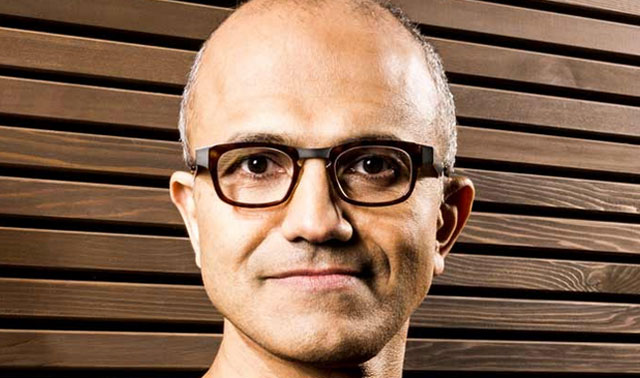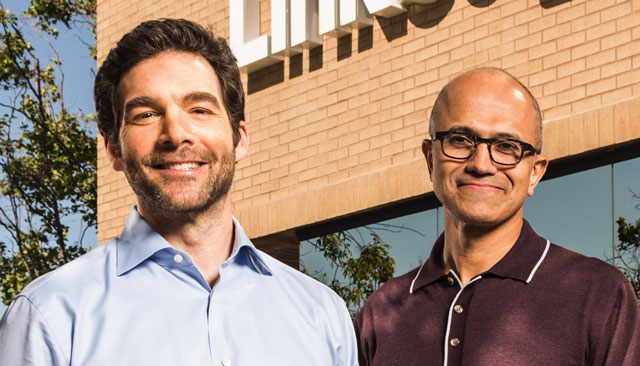
Salesforce.com battled Microsoft for LinkedIn deep into the negotiating process, forcing the world’s largest software maker to boost its offer to buy the professional networking service just days before the US$26bn deal was announced.
Three other companies were involved in the discussions, which lasted almost four months, according to a regulatory filing Friday. One of those was Facebook, which passed on an acquisition, according to a person involved in the negotiations.
Microsoft increased its offer to US$196/share on 11 June, from $182/share earlier, after the other main bidder offered “approximately $200” a share for the company, the filing said. The board ultimately decided the Microsoft offer was stronger in part because it was an all-cash deal, while the other bidder was offering to pay with its stock and cash, the filing said.
In the filing, the other bidder is called “Party A,” which was Salesforce, according to a person briefed on the deal process. Bloomberg reported last month that the main other bidder for LinkedIn was Salesforce, according to people familiar with the matter.
There were other companies that expressed interest in acquiring LinkedIn, or were involved in the process. Those were referred to as Parties B, C and D in the filing. Recode reported Friday that Party B was Google and Party D was Facebook.
Spokespeople for LinkedIn, Microsoft, Salesforce and Facebook declined to comment. A Google spokeswoman didn’t immediately respond to a request for comment.
By negotiating with multiple interested parties, LinkedIn’s management and the board earned shareholders a big increase in the payout they received. Negotiations started at $160/share, according to the filing. Microsoft ended up paying $196, a 23% increase. That’s a bump of about $5bn.
After Microsoft increased its bid, the filing said the board went with the software giant because its offer had “certainty of value”. The Salesforce offer had “execution risks”, including the need to get approval from shareholders, the combination of cash and Salesforce stock and the dynamics of the credit markets.

The deal is a way for Microsoft, which largely missed out on the consumer Web boom dominated by the likes of Google and Facebook, to catch up in social tools — in this case, for professionals. While CEO Satya Nadella has drawn kudos for efforts to reshape the company and reignite sales growth, the board is urging an even faster shift toward software and services delivered over the Internet.
As part of the deal, there is a $725m breakup fee, the filing said.
Microsoft and Salesforce showed early interest in the process that got under way in February, before the other parties joined. On 7 April, LinkedIn chairman and co-founder Reid Hoffman told the CEO of Party D that the company was in play, but that CEO expressed no interest in an acquisition, according to the filing. That was Facebook CEO Mark Zuckerberg, according to the person involved in the deal process. By early May, the other bidders had dropped out of the talks, the filing said.
Throughout the process, Nadella and LinkedIn CEO Jeff Weiner were involved, along with other executives, lawyers and investment bankers from Qatalyst Partners and Morgan Stanley.
In early May, Hoffman met with Microsoft co-founder and board member Bill Gates. While the get-together had been planned prior to the process, the parties “discussed the business rationale and potential benefits to Microsoft of potentially acquiring LinkedIn”.
Soon, the companies entered an exclusivity agreement and Hoffman endorsed Microsoft in early June. On 11 June, LinkedIn told Microsoft it had won the bid. Two days later, the deal was announced. — (c) 2016 Bloomberg LP




